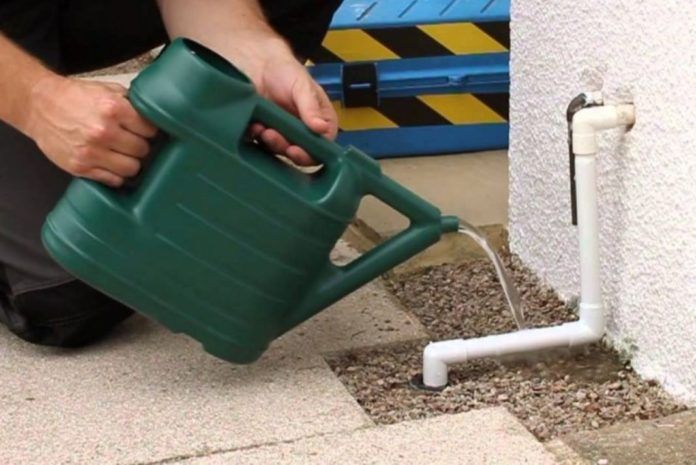
Baxi has helped installers reduce the number of unnecessary frozen condensate callouts when the temperature plummets by providing a four-step guide to share with homeowners.
David Cook, sales director at Baxi, explained that a breakdown in communication and fear of making the situation worse was often what stopped homeowners from investigating frozen condensate issues themselves.
He said: “With a predicted cold-snap on the way, it can mean installers end up spending a lot of time on the phone or on call-outs, dealing with frozen condensate pipes.”
To help separate the quick-fix frozen condensate issues from the more complex boiler breakdowns, he said Baxi’s online four-step guide (see below) should help alleviate any concerns.
- Error codes are a quick and easy time saver when it comes to fault-finding. For Baxi boiler the error codes relating to a frozen condensate pipe are usually E133 or E28. Once confirmed, you can move on to the next step.
- With the electricity to the boiler turned off at the wall, ask your customer to locate where the pipe is frozen – usually the part exposed to the outside.
- Heat the exposed pipe with hot water, using either a hot water bottle or hot, but not boiling water. Start at the furthest point from the boiler and move along the pipe to completely unthaw it.
- The final step is turn the boiler back on and restart the boiler.
“If the boiler fails to work after this process, it may require a call-out. Remember that while the immediate problem may be resolved, it doesn’t mean it won’t happen again without further prevention. With this in mind, Baxi has produced a short video to help installers and customers alike. Pointing a customer in the direction of the resource will save an installer time and importantly ensure that a callout is only made if absolutely necessary,” David added.
The Baxi video can be found here.
